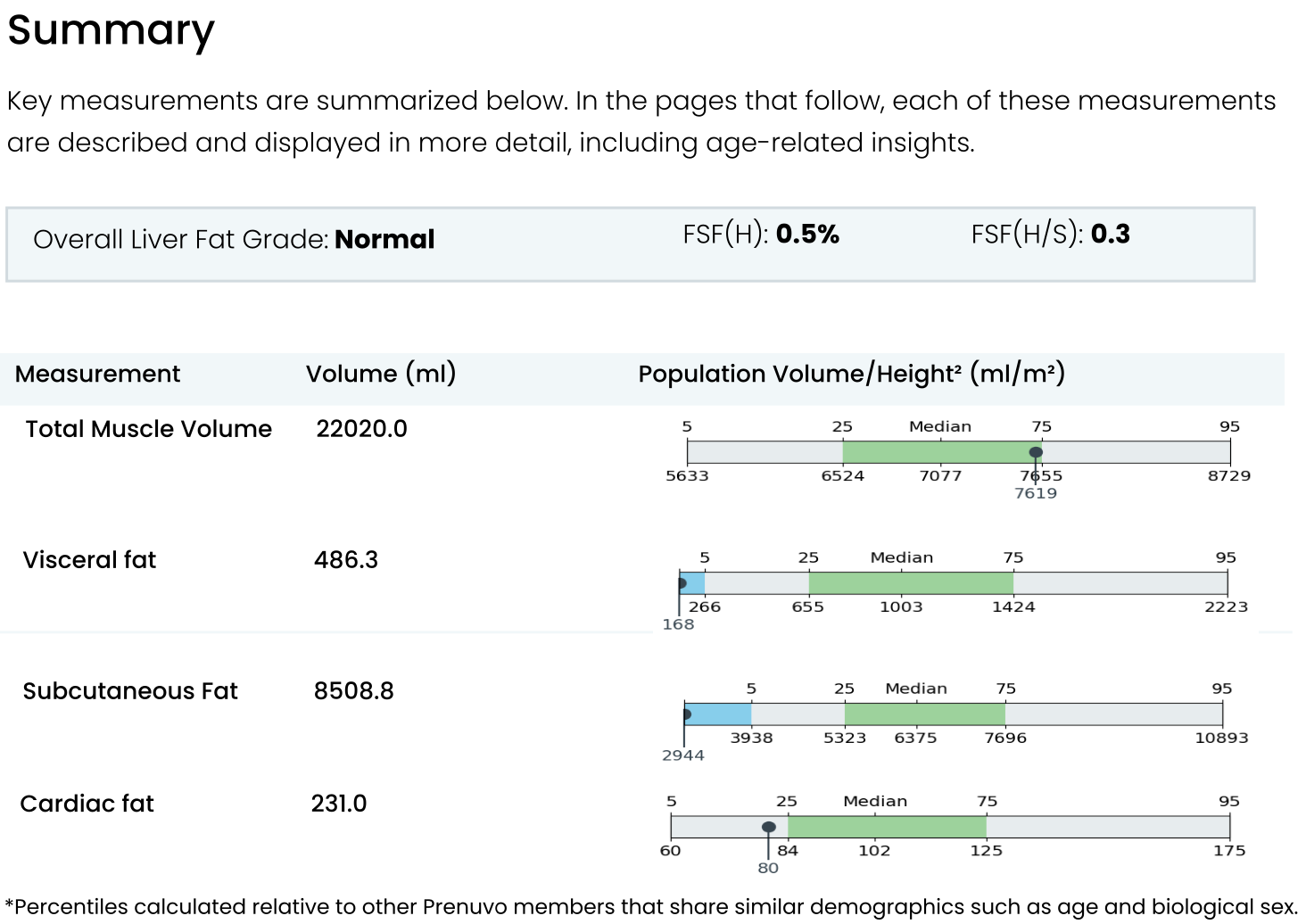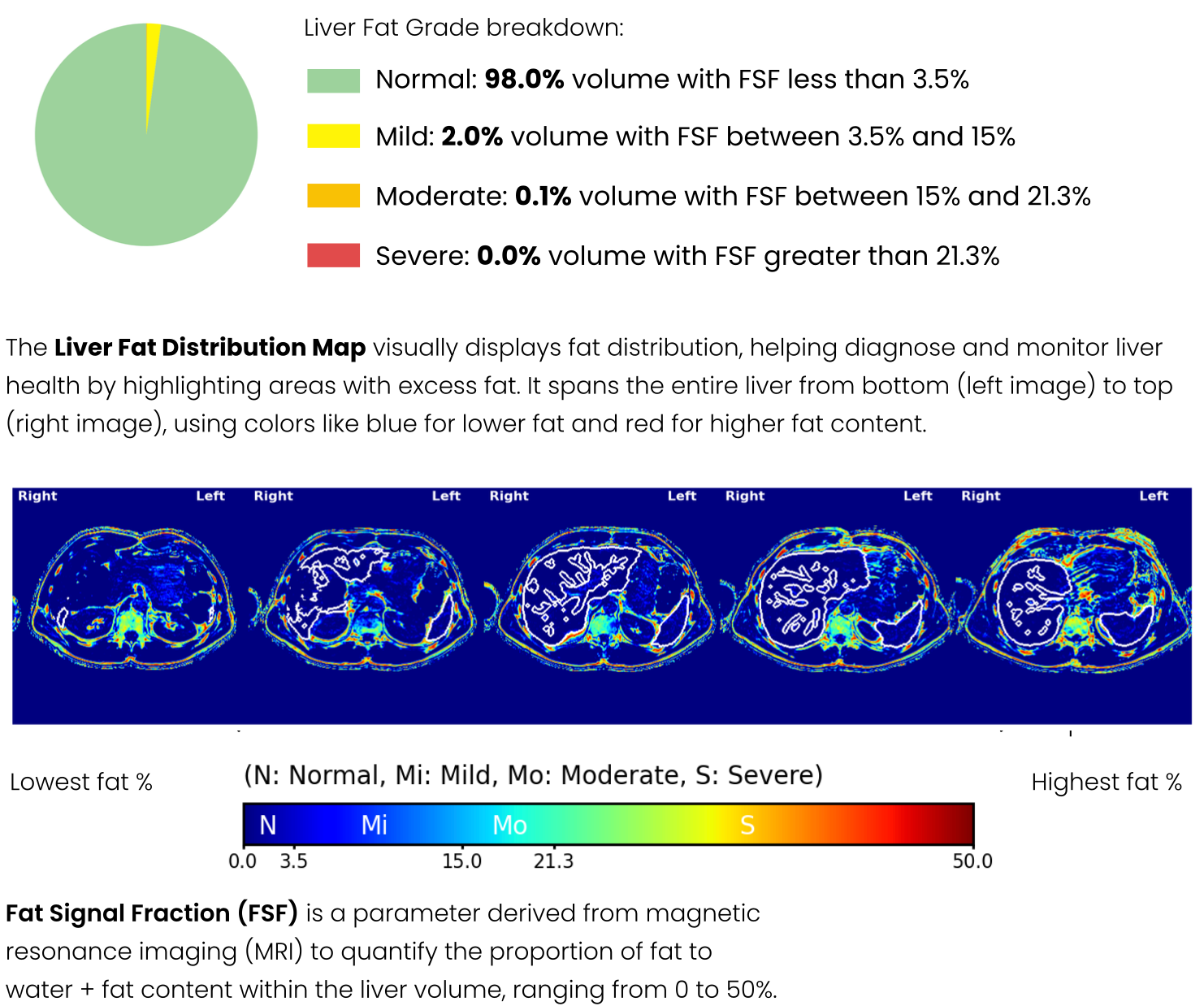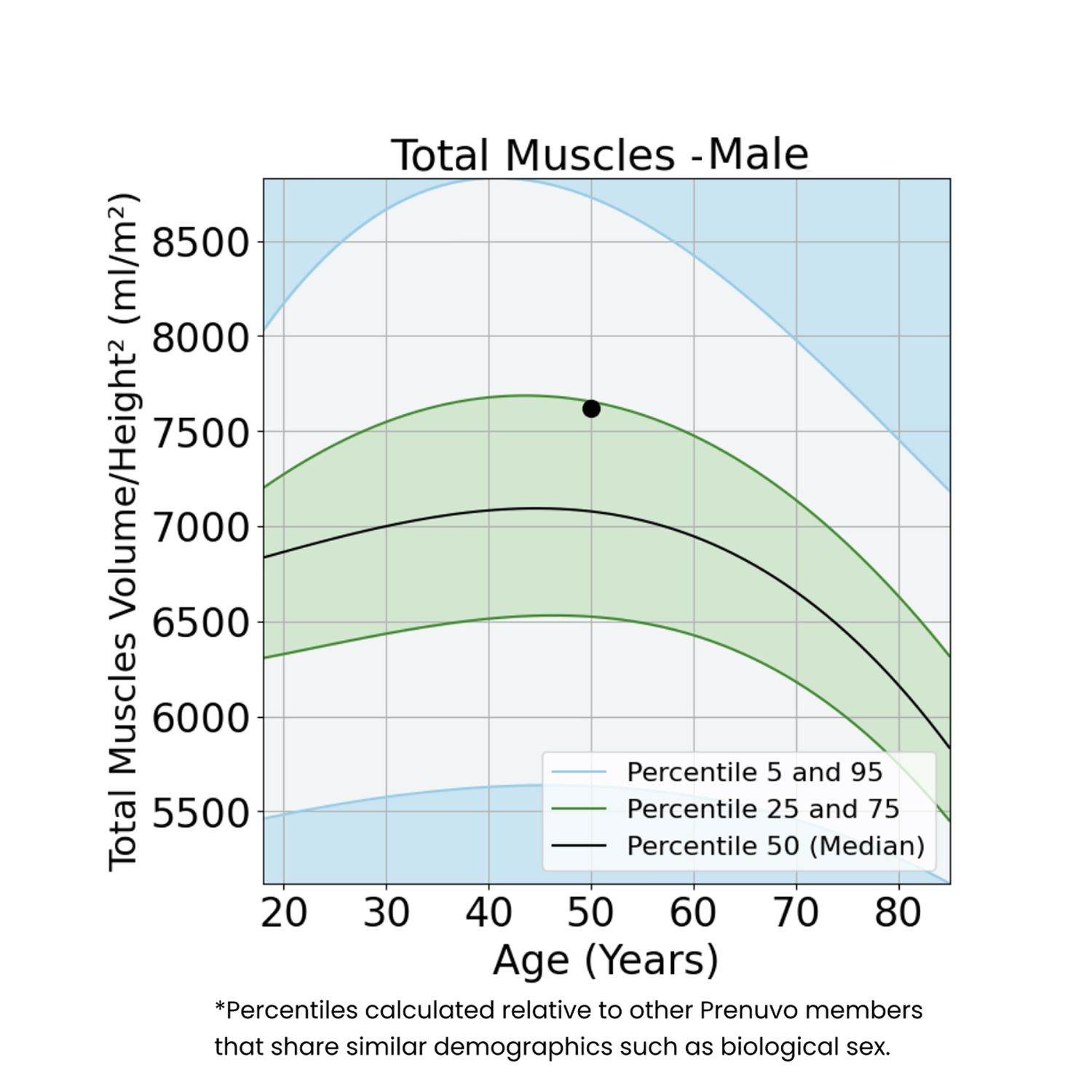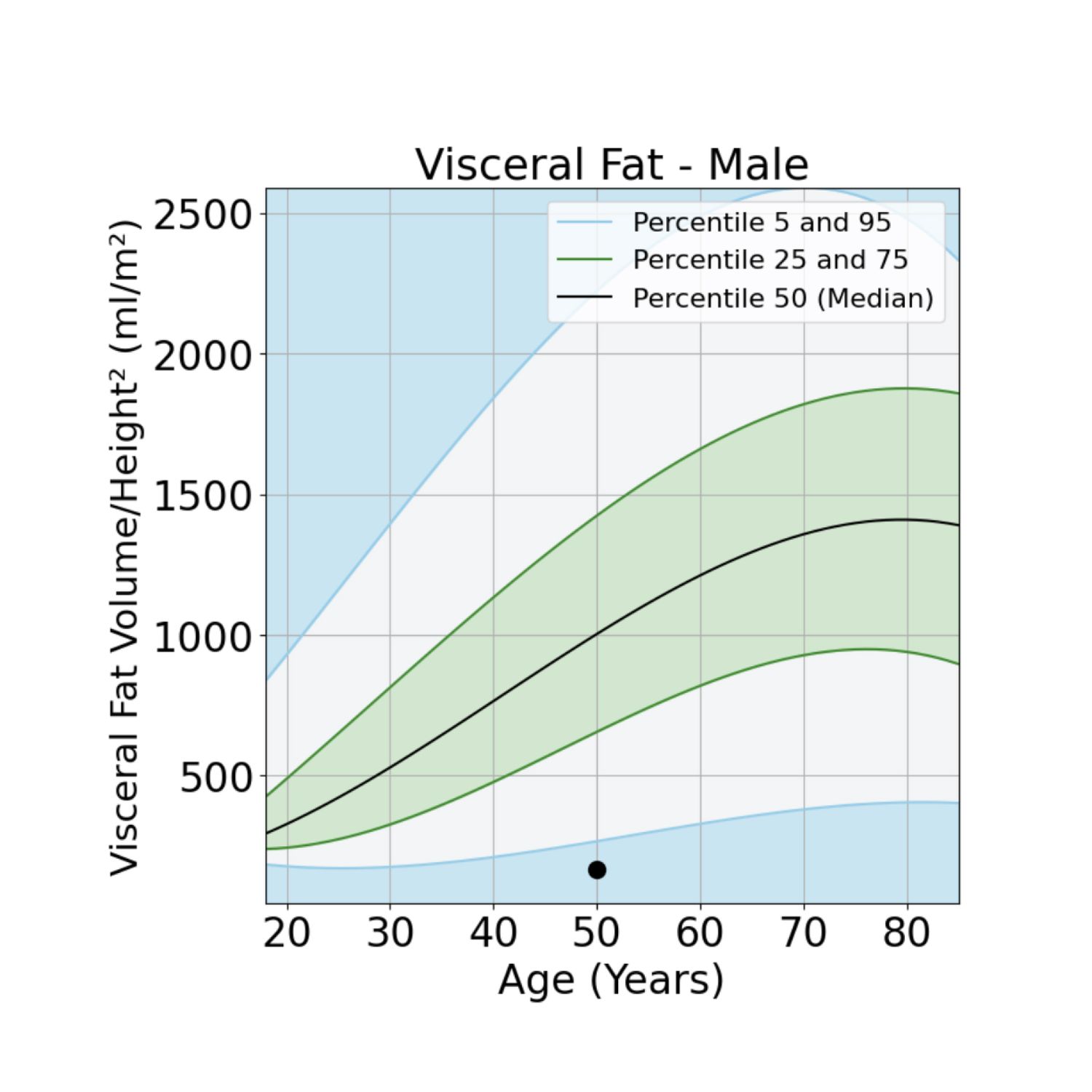



Longevity isn’t about hacky biohacks or miracle cures. It’s about stacking the right habits, tracking the right data, and applying science-backed interventions to keep your body and brain firing on all cylinders for decades to come.
Here’s exactly how I do it—no fluff, no gimmicks, just real strategies that work.

Your diet fuels everything—your metabolism, your hormones, your gut, your brain. Get it wrong, and you’ll feel sluggish, bloated, and inflamed. Get it right, and you’ll run like a high-performance machine.
🔥 Whole Foods, No Junk – Organic, minimally processed, nutrient-dense. No fake “health” foods, no ultra-processed garbage.
🔥 Smart Cooking Methods – Sous vide and slow cooking preserve nutrients, unlike high-heat methods that degrade them.
📌 Research-Backed Insight: A 2022 study in Nature Communications linked a diverse gut microbiome to better metabolic health and lower inflammation.
📌 Harvard T.H. Chan School of Public Health found that cutting ultra-processed foods reduces early mortality risk by 30%.
💡 Fix your gut, fuel your body right, and you’ll feel the difference—faster recovery, sharper focus, and bulletproof digestion.

💡 Calories: 2,847 | Protein: 205g | Carbs: 205g | Fat: 122g

Muscle isn’t just about aesthetics—it’s one of the biggest predictors of long-term health and longevity. Stronger people live longer. Period.
💪 Progressive Strength Training – Compound lifts to build and preserve muscle mass.
💪 HIIT (High-Intensity Interval Training) – Orangetheory-style workouts to boost VO2 max and metabolic function.
💪 Body Composition Tracking – InBody, 3D scans, and MRI-based body composition analysis.
📌 A 2022 study in the British Journal of Sports Medicine found that combining strength training and cardio cuts mortality risk by 40%.
📌 A 2020 JAMA Internal Medicine study linked higher VO2 max with significantly lower heart disease risk.
💡 Lift. Sprint. Track progress. Stay in the game longer.

✅ Barbell Bench Press – 3 sets
✅ Incline Dumbbell Press – 3 sets
✅ Barbell Squats – 3 sets
✅ Seated Leg Extensions – 3 sets
✅ Orangetheory HIIT Class (60 min, 2G format)
✅ Deadlifts – 3 sets
✅ Lying Hamstring Curls – 3 sets
✅ Incline Dumbbell Press – 3 sets
✅ Orangetheory HIIT Class (Tread 50 format)

The right combination of medications and supplements helps fine-tune metabolic efficiency, cellular repair, and overall health optimization. These interventions are stacked strategically throughout the day for maximum effectiveness.
💊 Multi-Vitamin (Thorne) – Broad-spectrum micronutrient support.
💊 Nutrafol – Supports hair, skin, and nail health.
💊 Sulforaphane (Carlyle) – Powerful antioxidant & anti-inflammatory.
💊 Metformin (500mg, Prescription) – Regulates blood sugar, AMPK activation, and longevity pathways.
💊 Colesevelam (2 tablets, Prescription) – Helps lower LDL cholesterol and support metabolic health.
💊 NAD+ Intramuscular Injections (50mg, every other day) – Boosts mitochondrial function and cellular repair.
📌 Scientific Backing:
💡 Morning supplements focus on mitochondrial support, metabolic optimization, and foundational longevity pathways.

💊 Rhodiola (Thorne) – Adaptogen for stress resilience and adrenal health.
💊 Vitamin D3 (Thorne) – Essential for immune function and hormone regulation.
💊 Metformin (500mg, Prescription) – Supports glucose control, AMPK activation, and inflammation reduction.
💊 Colesevelam (2 tablets, Prescription) – Helps cholesterol management & metabolic function.
💊 Vitamin C (Thorne) – Antioxidant that boosts immune function and collagen production.
💊 Zinc Picolinate (30mg, Thorne) – Enhances immune defense and hormone regulation.
💊 Brain Factors (Thorne) – Supports cognitive function and neuroprotection.
💊 Micronized Creatine Monohydrate (Optimum Nutrition) – Enhances muscle performance, ATP production, and brain function.
📌 Scientific Backing:
A 2022 study in Cell Reports found that higher vitamin D levels are linked to lower mortality rates and reduced inflammatory biomarkers.
💡 This stack enhances metabolic control, cognitive sharpness, and physical performance.
💊 AREDS2 (PreserVision) – Clinically formulated for eye health and macular protection.
💊 Curcumin (Thorne) – Potent anti-inflammatory compound that supports joint and cardiovascular health.
💊 Omega-3 with Coenzyme Q10 (Thorne) – Supports cardiovascular function and mitochondrial energy production.
💊 Metformin (500mg, Prescription) – Helps sustain metabolic efficiency overnight.
💊 Colesevelam (2 tablets, Prescription) – Continued lipid and glucose support.
💊 Resveracel (Thorne, contains Quercetin) – Activates sirtuins, supports mitochondrial health, and enhances antioxidant defenses.
💊 Hormone Advantage (Thorne) – Supports hormonal balance, vitality, and longevity.
💊 Berberine (Thorne) – A natural AMPK activator with similar effects to Metformin on metabolic health.
📌 Scientific Backing:
A 2021 JAMA Internal Medicine study found that Omega-3 supplementation reduces cardiovascular disease risk by 20%.
💡 The PM stack prioritizes anti-inflammatory support, mitochondrial repair, and metabolic regulation for overnight recovery.

💊 Melatonin (20mg, Puritan’s Pride) – Regulates circadian rhythms and deep sleep quality.
📌 Scientific Backing:
A Stanford University study found that melatonin enhances deep sleep cycles and improves cognitive function in sleep-deprived individuals.
💡 Restorative sleep is a non-negotiable for longevity—this final step locks in recovery and cellular repair.
💡 Track Your Sleep with a Wearable: Using a device like the Garmin Venu 3 can provide valuable insights into your sleep patterns, heart rate variability, and overall recovery. Monitoring your sleep quality helps you make informed adjustments to improve rest and overall wellness.

Diet, training, and sleep lay the foundation, but targeted interventions can fine-tune longevity pathways, improve cellular repair, and optimize metabolic function.
Key Interventions I Use
🧬 Metformin – Regulates AMPK & mTOR, two key longevity pathways linked to metabolic health and aging.
🧬 Colesevelam & Olmesartan-HCTZ – Improve cholesterol balance, cardiovascular protection, and metabolic efficiency.
🧬 NAD+ Injections (50mg, every other day) – Boost mitochondrial function, energy production, and DNA repair.
🧬 1mg Glutathione intramuscular injection once a week.
Why This Works:
📌 A 2020 Nature Metabolism study found that Metformin mimics calorie restriction, reducing oxidative stress and improving metabolic function.
📌 A 2023 Cell Reports review confirmed that NAD+ levels decline with age, and replenishing them enhances cognitive function and cellular repair.
💡 These aren’t shortcuts—they’re scientifically backed tools for optimizing performance, resilience, and long-term health.

If you’re not measuring, you’re guessing. I don’t guess. Here’s what I track:
✅ GlycanAge Test: Chronological Age 50, Biological Age 20, Fitness biological Age 23.7
✅ Measured Basal Metabolic Rate: 1913 kcal/day
✅ VO2 Max: 47.7 mL/kg/min
✅ Body Composition (Sept 2024):
✅ Episeek Cancer Detection Test: Negative. This test has a 99% negative predictive value for cancer.
💡 Test. Analyze. Adjust. Optimize. Longevity is about precision, not guesswork.
| LAB | VALUE | REF RANGE | EXPLANATION |
| HgA1c | 5.2 | 4.8-5.6 | Best for assessing long-term blood sugar control and risk of diabetes-related complications. |
| Fasting glucose | 79 | 70-99 | Useful for detecting early signs of impaired glucose metabolism and insulin resistance. |
| Insulin | 2.5 | 2.6-24.9 | Helps evaluate insulin sensitivity and metabolic efficiency. |
| Insulin Resistance Score | 37 | <45 | Assesses the body's ability to utilize insulin effectively, predicting metabolic health risks. |
| HOMA-IR | 0.5 | <2.0 | A mathematical model to estimate insulin resistance and beta-cell function. |
| VO2 max | 44.7 | Measures cardiovascular fitness and aerobic capacity, which strongly correlates with longevity. | |
| Resting Heart Rate | 54 | A lower resting heart rate indicates better cardiovascular health and autonomic balance. | |
| Grip strength | 133.4 | A marker of overall muscle function and predictor of all-cause mortality. | |
| Muscle volume (core and lower body) | 54.3 lbs | Important for mobility, metabolic health, and longevity. | |
| Visceral fat | 1344 mL | A key indicator of metabolic health, with higher levels linked to increased disease risk. | |
| Subcutaneous fat | 8948 mL | Less metabolically active than visceral fat but can indicate overall energy balance. | |
| Liver fat | 1% | <5% | Excess liver fat is associated with metabolic syndrome and increased cardiovascular risk. |
| Bench press | 245 | A measure of upper body strength, which is associated with better musculoskeletal health. | |
| Blood pressure | 118/82 | >120/80 | Essential for monitoring cardiovascular risk and maintaining optimal circulatory function. |
| DHEA | 79.4 | 71.6-375.4 | A precursor to sex hormones that declines with age and is linked to energy and vitality. |
| Testosterone | 1192 | 364-916 | Crucial for maintaining muscle mass, bone density, and metabolic health. |
| Free testosterone | 20.8 | 7.2-24 | The biologically active portion of testosterone, important for muscle strength and recovery. |
| SHBG | 30.6 | 24.6-122 | Regulates bioavailable testosterone and can indicate hormonal balance or dysfunction. |
| TSH | 0.562 | 0.45-4.5 | Helps assess thyroid function, which is critical for metabolism and energy levels. |
| T4 | 8.5 | 4.5-12.0 | A key thyroid hormone that influences metabolism and overall energy balance. |
| Glycanage | 20 years | 50 years | Uses glycan patterns to estimate biological age and inflammation levels. |
| Blueprint biological Age | 23.7 years | 50 years | Evaluates epigenetic markers to predict biological aging and healthspan. |
| Episeek | Negative | 99% NPV | Detects early cancer-related epigenetic changes for proactive monitoring. |
| Vitamin D | 60.5 | 30-100 | Essential for bone health, immune function, and reducing chronic disease risk. |
| Vitamin B12 | 508 | 232-1245 | Supports nerve function, cognitive health, and energy metabolism. |
| hsCRP | 0.19 | 0-3.00 | A marker of systemic inflammation that predicts cardiovascular and chronic disease risk. |
| S-100B | 33.3 | 20.6-103.7 | Associated with brain health and neuroinflammation, potentially indicating cognitive risks. |
| LDL-P | 994 | <1000 | Measures the number of LDL particles, which is more predictive of cardiovascular risk than LDL-C. |
| LDL-C | 86 | <100 | Traditional marker for "bad cholesterol," linked to heart disease risk. |
| HDL-P | 28.2 | >30.5 | Measures the number of HDL particles, which are protective against cardiovascular disease. |
| HDL-C | 57 | >39 | Traditional measure of "good cholesterol," though particle count is more predictive. |
| Apo-A1 | 146 | 101-178 | A key component of HDL, playing a role in cholesterol transport and heart health. |
| Apo-B | 73 | <90 | A marker of total atherogenic lipoproteins, strongly associated with cardiovascular risk. |
| Apo-E | E3/E4 | ApoE4 is a genetic marker related to lipid metabolism and is associated with increased risk for late-onset Alzheimer's disease. | |
| Uric acid | 4.1 | 3.8-8.4 | Elevated levels can indicate metabolic dysfunction and increased inflammation. |
| Triglycerides | 92 | 0-149 | A marker of metabolic health, with elevated levels linked to cardiovascular disease. |
| oxLDL | 182 | 10-170 | Measures oxidized LDL, which is a driver of atherosclerosis and cardiovascular disease. |
| Lp-PLA2 activity | 136 | 0-244 | A marker of vascular inflammation and predictor of cardiovascular events. |
| Myeloperoxidase | 259 | 0-469 | A marker of oxidative stress and early cardiovascular disease risk. |
| eGFR | 76 | >59 | Estimates kidney function and overall renal health. |
| Cystatin-C | 0.68 | 0.6-1.00 | A more precise marker of kidney function than creatinine, especially for early decline. |
| Creatinine | 1.17 | 0.76-1.27 | Assesses kidney function and muscle metabolism. |
| GGT | 20 | 0-65 | A liver enzyme linked to detoxification and metabolic health. |
| AST | 35 | 0-40 | A liver enzyme that, when elevated, may indicate liver damage or muscle breakdown. |
| ALT | 27 | 0-44 | A liver enzyme primarily used to assess liver health and metabolic function. |
| OmegaCheck | 5.6 | >5.4 | Measures omega-3 and omega-6 fatty acid balance for inflammation control. |
| Arachidonic Acid/EPA Ratio | 12.7 | 3.7 - 40.7 | A measure of the balance between pro-inflammatory (AA) and anti-inflammatory (EPA) fatty acids, indicating systemic inflammation levels. |
| Omega-6/Omega-3 Ratio | 6.8 | 3.7 - 14.4 | A key marker of dietary fat balance, with a higher ratio associated with increased inflammation and chronic disease risk. |
| Omega-3 total | 5.6 | The combined level of omega-3 fatty acids (EPA, DPA, DHA) essential for heart, brain, and anti-inflammatory health. | |
| EPA | 0.9 | 0.2 - 2.3 | An omega-3 fatty acid primarily involved in reducing inflammation and supporting cardiovascular health. |
| DPA | 1.3 | 0.8 - 1.8 | A lesser-known omega-3 fatty acid that plays a role in inflammation regulation and cardiovascular function. |
| DHA | 3.4 | 1.4 - 5.1 | A crucial omega-3 fatty acid vital for brain function, eye health, and reducing neuroinflammation. |
| Omega-6 total | 38.1 | The combined level of omega-6 fatty acids, essential in moderation but often excessive in modern diets, contributing to inflammation. | |
| Arachidonic Acid | 11.4 | 8.6 - 15.6 | A pro-inflammatory omega-6 fatty acid important for immune response and cellular signaling, but excessive levels may promote chronic inflammation. |
| Linoleic Acid | 24.6 | 18.6 - 29.5 | The most common omega-6 fatty acid in the diet, serving as a precursor to arachidonic acid and influencing inflammation and metabolic health. |
| RBC | 4.95 | 4.14-5.8 | Red blood cell count, important for oxygen transport and overall vitality. |
| Hematocrit | 46.4 | 37.5-51.0 | The proportion of red blood cells in the blood, linked to cardiovascular health. |
| Homocysteine | 9.9 | 0-14.5 | Elevated levels are associated with cardiovascular risk and poor methylation status. |
| Ferritin | 27 | 30-400 | A marker of iron storage, with both low and high levels associated with disease risk |
The Prenuvo MRI-based Body Composition report provides detailed insights into body fat, muscle volume and symmetry, and abdominal organ volume, with population comparisons. It includes fat volume analysis (including visceral, subcutaneous, and liver fat), muscle volume analysis (with detailed insights into lower body muscle volume and symmetry), and abdominal organ volume analysis (liver, kidneys, spleen). These are important biomarkers that I check at least annually.





I constantly refine my longevity protocol as new science emerges. I recently started prioritizing sleep using the Garmin Venu 3 and just ordered a vagus nerve stimulator device to reduce stress and improve my Heart Rate Variability (currently 33msec).
The goal? To live longer, perform better, and stay ahead of the curve. And if that sounds like something you’re into, maybe it’s time to upgrade your health game, too.
Final Takeaways
✅ Eat real food. Train with purpose. Sleep like a pro. Track everything.
✅ Use science to fine-tune your health—not guesswork.
✅ Longevity isn’t about gimmicks—it’s about stacking the right habits over time.